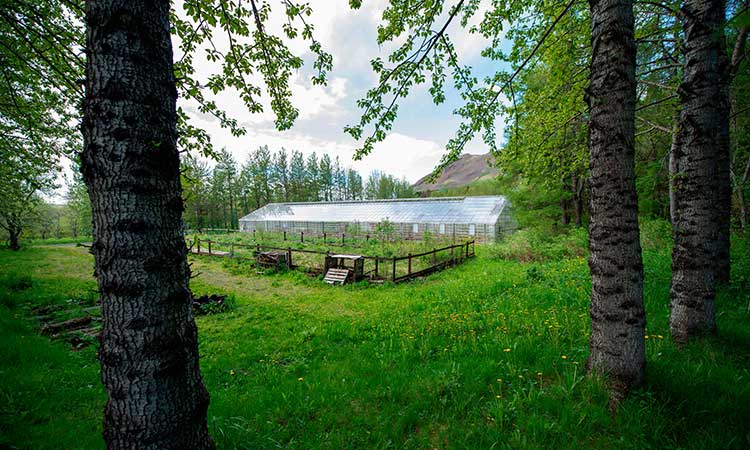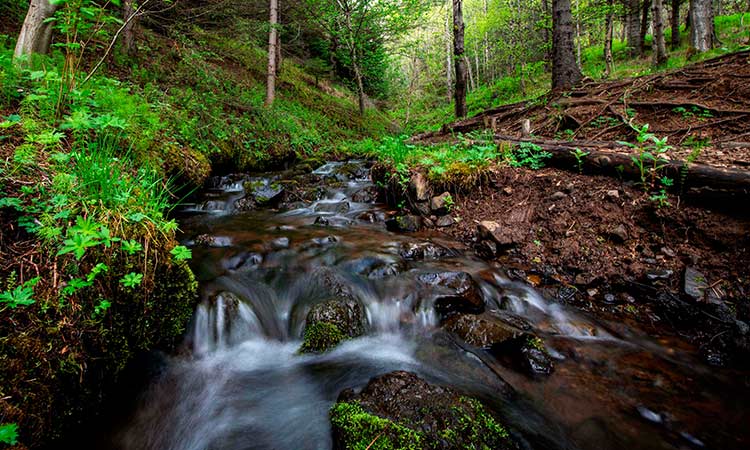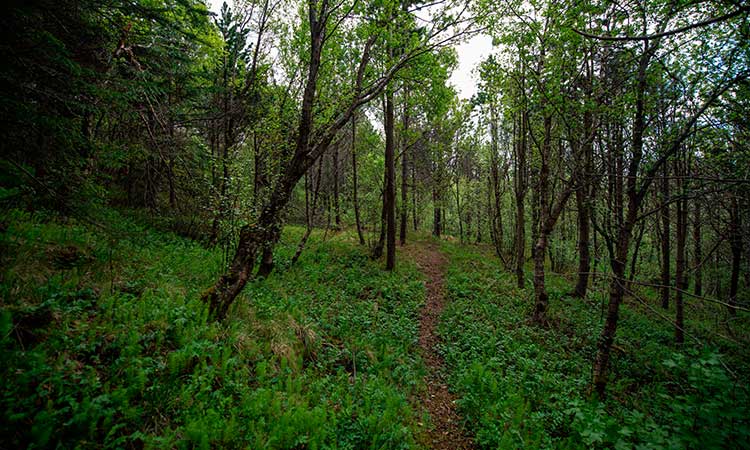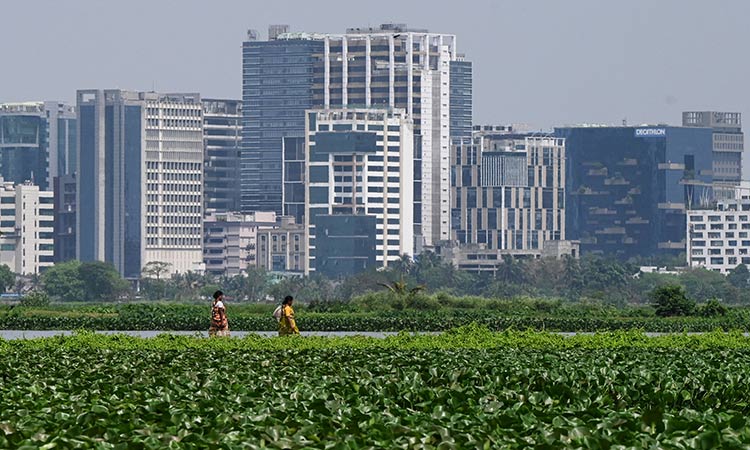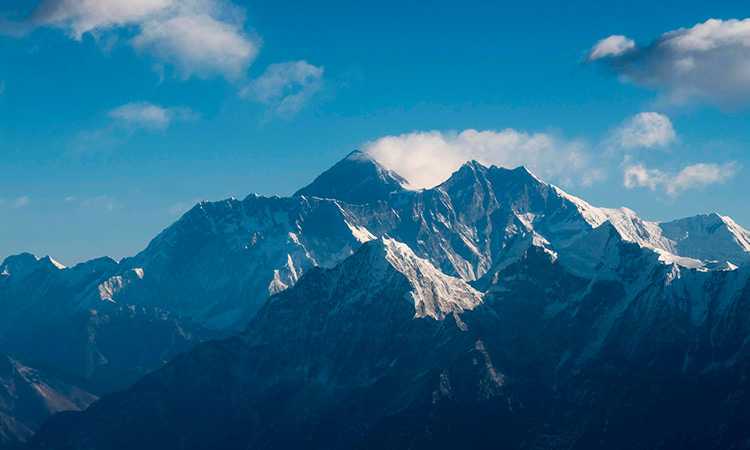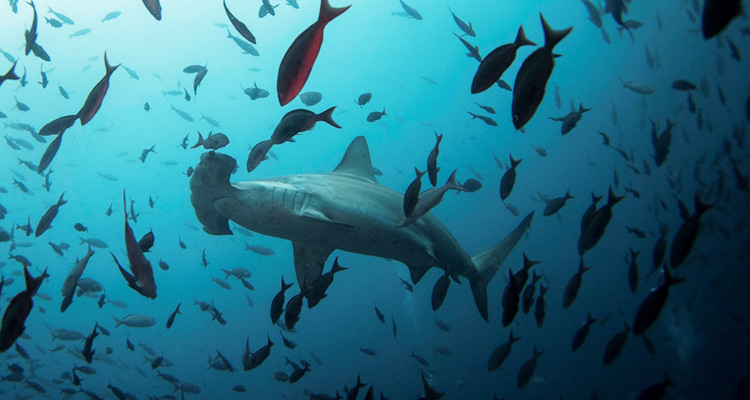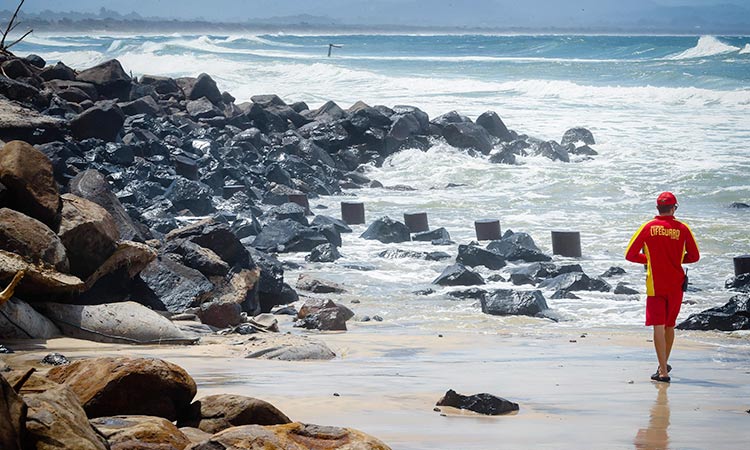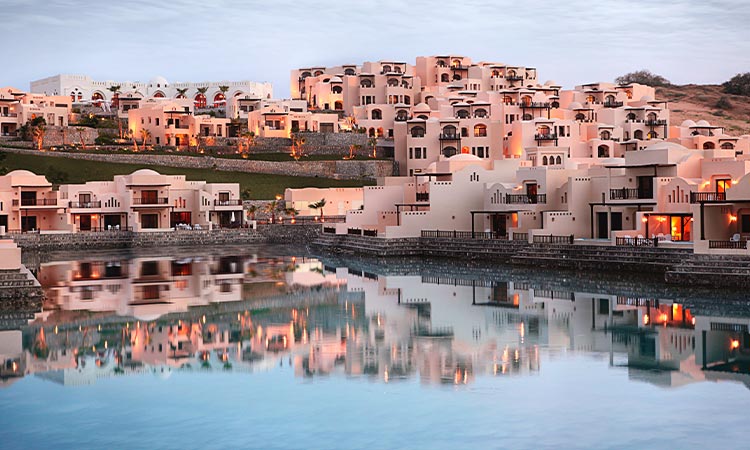Iceland tries to bring back trees demolished by Vikings
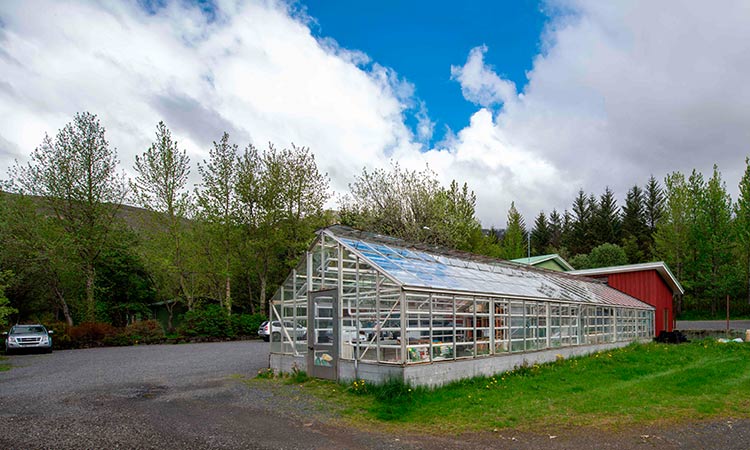
A greenhouse in Mogilsa Forest in Reykjavik, Iceland. Halldor Kolbeins/AFP
Before being colonised by the Vikings, Iceland was lush with forests but the fearsome warriors razed everything to the ground and the nation is now struggling to reforest the island.
The country is considered the least forested in Europe; indeed, forests in Iceland are so rare, or their trees so young, that people often joke that those lost in the woods only need to stand up to find their way.
However, it wasn't always that way.
When seafaring Vikings set off from Norway and conquered the uninhabited North Atlantic island at the end of the ninth century, forests, made up mostly of birch trees, covered more than a quarter of the island.
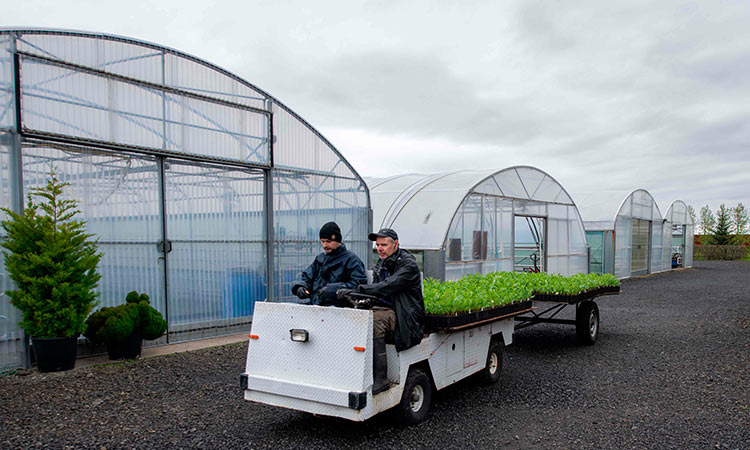
Workers transport saplings at Kvistar greenhouse near Selfoss, southern Iceland.
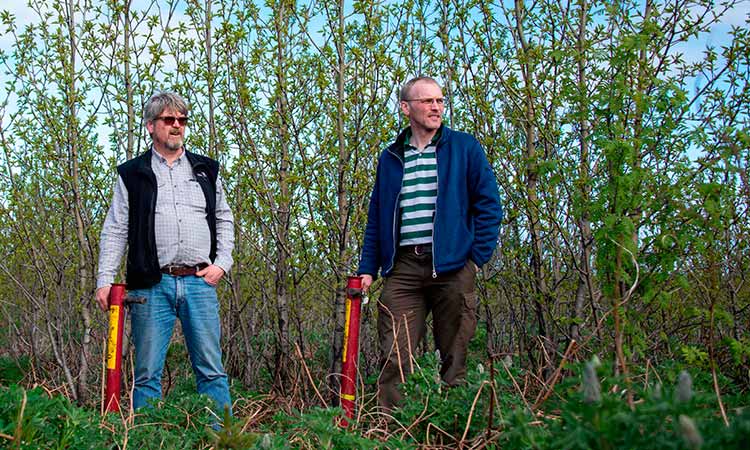
Adalsteinn Sigurgeirsson, left, and Hreinn Oskarsson take part in tree planting at Lava filde.
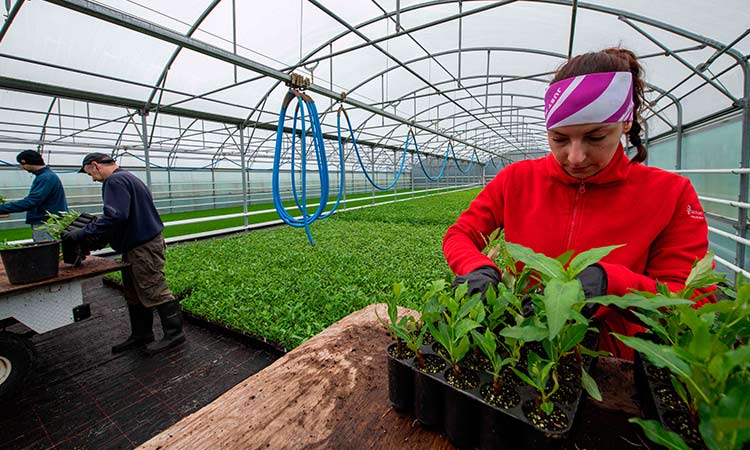
Workers transplant saplings at Kvistar greenhouse.
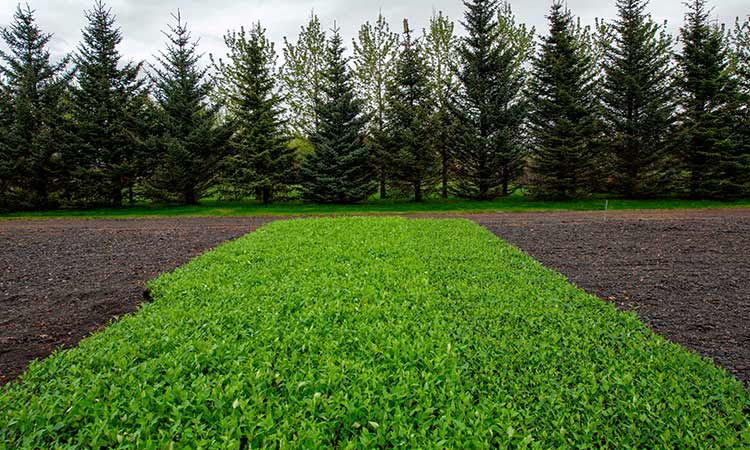
Saplings wait to be transplanted at Kvistar greenhouse.
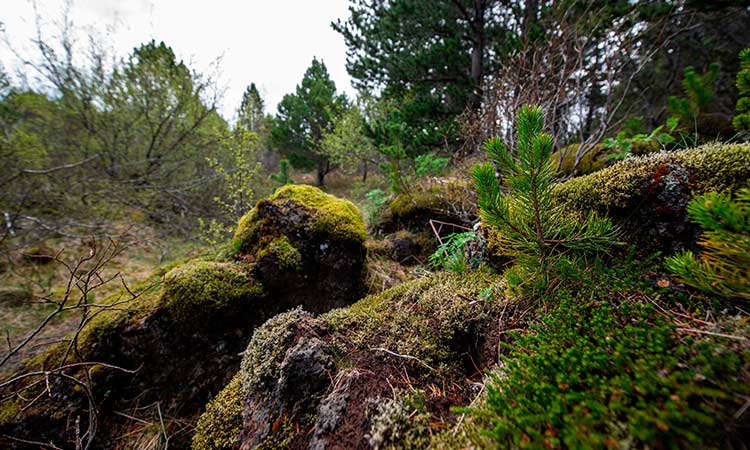
Heidmork Forest close to Reykjavik, Iceland.
Within a century, the settlers had cut down 97 percent of the original forests to serve as building material for houses and to make way for grazing pastures.
According to a report published in 2015 by the United Nations Food and Agriculture Organization (FAO), forests now only cover 0.5 percent of the island's surface.
The lack of trees means there isn't any vegetation to protect the soil from eroding and to store water, leading to extensive desertification despite the country's far northern location.
Reforestation efforts since the 1950s and especially the 1990s have helped the rocky landscape regain some of the greenery and efforts are ongoing.
A greenhouse in Mogilsa Forest close to Reykjavik, Iceland. Halldor Kolbeins/AFP
Watching the trees grow
Dozens of nursery gardens have been set up throughout the country to facilitate the afforestation efforts.
At Kvistar, about 100 kilometres (60 miles) from Reykjavik, up to 900,000 pines and poplars are produced each year.
"Originally, they come from Alaska but now we have 30, 40, 50 year-old trees giving us seeds, so we collect that and we use that for forest seedlings production," Holmfridur Geirsdottir, a 56-year-old horticulturist and greenhouse owner, told AFP.
The young trees are cultivated indoors for three months before being moved outside.
A stream flows through Mogilsa Forest. Halldor Kolbeins/AFP
Climate paradox
The Icelandic government has made afforestation one of its priorities in its climate action plan, published in September 2018.
It identifies trees' carbon uptake as one of the country's ways of mitigating climate change.
Paradoxically, climate change is also giving tree growth a boost.
Mogilsa Forest close to Reykjavik, Iceland. Halldor Kolbeins/AFP
"What has mainly been hampering growth of forest here has been the low temperatures and the coolness of the summers, but we are realising changes in that because of climate change," said forest service deputy director Sigurgeirsson.
"Warming appears to be elevating tree growth in Iceland, and therefore also the carbon sequestration rate," he continued.
Since 2015, between three and four million trees have been planted in Iceland, the equivalent of about 1,000 hectares.
That, however, is only a drop in the ocean compared to the six to seven million hectares planted in China over the same period.
Agence France-Presse
